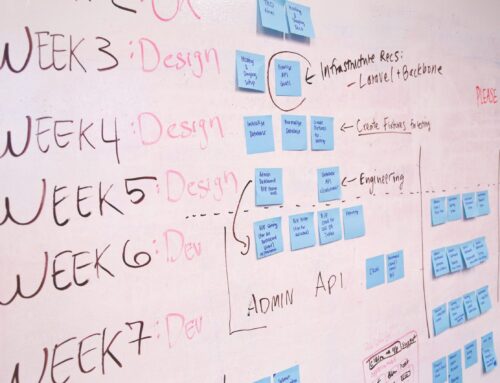In today’s rapidly evolving business landscape, where innovation and adaptability are paramount, companies must embrace design thinking as a powerful tool for enhancing their processes and achieving sustainable growth. Let’s delve into why this approach matters, how it can transform businesses, and how 360° Business Management can be your partner in this journey.
Why Consider Design Thinking?
- Customer-Centricity and Innovation:
- Design thinking places the customer at the heart of decision-making. By empathizing with their needs, pain points, and aspirations, companies can create products and services that truly resonate.
- Innovation thrives when organizations adopt a design mindset. It encourages fresh perspectives, unconventional solutions, and breakthrough ideas.
- Problem-Solving Agility:
- Traditional problem-solving methods often follow linear paths. Design thinking, on the other hand, embraces iteration and flexibility.
- Companies face complex challenges—some known, others emerging. Design thinking equips them to adapt swiftly, experiment, and pivot as needed.
- Holistic Approach:
- Design thinking considers the entire ecosystem—people, processes, technology, and culture. It transcends silos and fosters cross-functional collaboration.
- By addressing interconnected elements, companies create holistic solutions that drive overall efficiency and effectiveness.
Implementing Design Thinking: A Blueprint for Success
- Empathize and Define:
- Understand your stakeholders deeply. Engage with employees, customers, and partners to uncover pain points and unmet needs.
- Define the problem statement clearly. What challenge are you trying to solve? What outcomes do you seek?
- Ideate and Brainstorm:
- Gather diverse perspectives. Encourage brainstorming sessions where creativity flows freely.
- Explore multiple solutions. Think beyond the obvious and consider radical alternatives.
- Prototype and Test:
- Create low-fidelity prototypes of your ideas. Test them with real users to gather feedback.
- Fail fast and learn. Iteratively refine your prototypes based on insights from testing.
- Implement and Iterate:
- Roll out the refined solution. Monitor its impact and gather data.
- Be prepared to iterate. Continuous improvement is the essence of design thinking.
How 360° Business Management Supports Design Thinking
At 360° Business Management, we recognize that design thinking is not just a buzzword; it’s a strategic imperative. Here’s how our Virtual CXOs contribute:
- Strategic Alignment: Our Virtual CXOs align design thinking with business goals. They facilitate workshops, encourage empathy mapping, and guide teams in problem framing.
- Innovation Catalysts: We infuse design thinking principles into decision-making. Our CXOs challenge assumptions, promote divergent thinking, and foster a culture of experimentation.
- Process Optimization: Design thinking extends beyond product design. Our CXOs apply it to streamline processes, enhance customer experiences, and drive operational excellence.
- Change Navigation: During organizational shifts, our CXOs ensure that design thinking principles remain intact. They help teams adapt and thrive.
In summary, incorporating design thinking into your business processes is not an option—it’s a necessity. Let 360° Business Management be your partner in this transformative journey. Together, we’ll sculpt a legacy of growth, innovation, and resilience.
Remember: Design thinking isn’t just about aesthetics; it’s about creating meaningful impact.






Leave A Comment